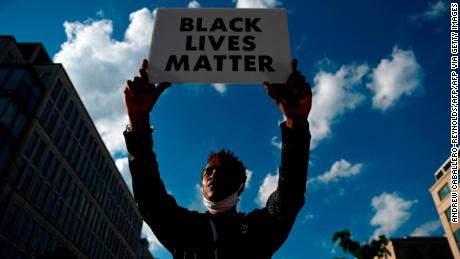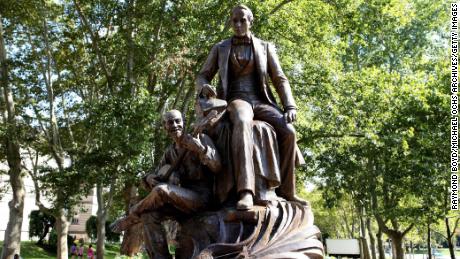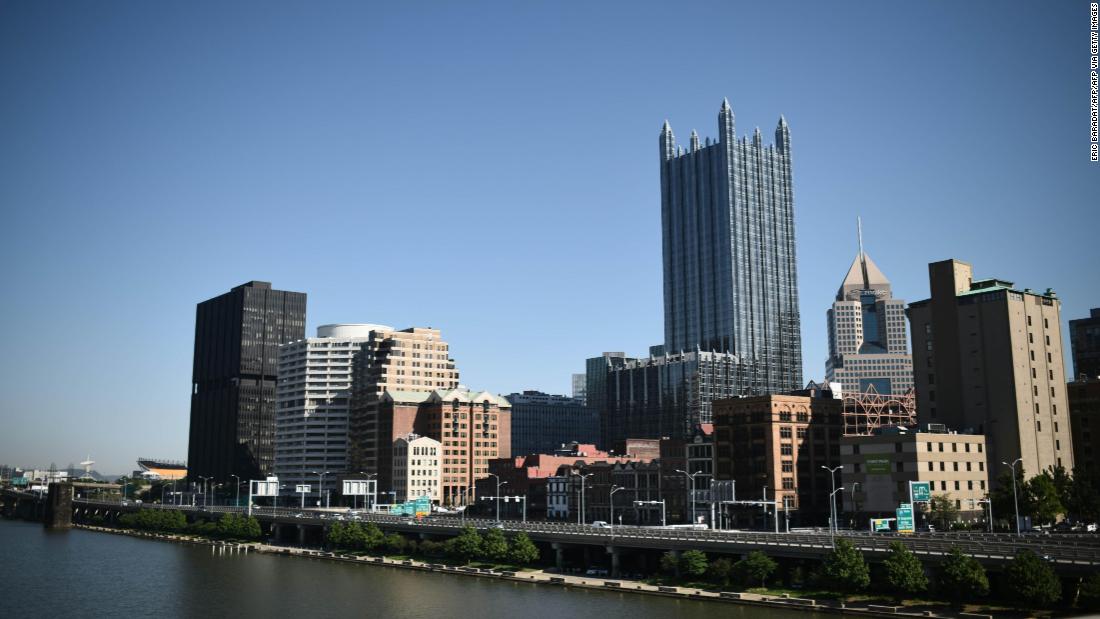Opinion: What every American needs to know about White supremacy
I know some of you reading this might be wondering: “What does Covid-19 have to do with White supremacy or the death of George Floyd? Didn’t you already do an episode about White supremacy? The one with you and the KKK?”
Those who study White supremacy would tell you to think of it as an iceberg. The KKK, neo-Nazis, the US’s genocide of Native Americans, slavery, lynching, hate groups — the stuff good folks would identify right away as bad — those are just the most visible tip of the iceberg.
Below the surface of the water is where you find the bulk of White supremacy: The structures and systems that are in place to keep White Americans at the top and every other race and ethnicity below them to protect the status quo.
Most of these structures and institutions have been in place for so long that not much has to happen to keep them going. And if you are a White American — no matter how rich or poor you are — there are things you benefit from just by being White.
But many of you don’t realize how that advantage benefits you: It is a constant reminder that the country you live in values you and people who look like you.
You’re like me when I was a sophomore in high school. I was tall, over 6 feet. But the problem was that I didn’t realize I was tall yet.
My mom would ask a question like, “Where did you put the salt?” I’d say, “I put it down somewhere.” My 5-foot-5-inch mom would look around the kitchen and finally see the salt peeking from the top of the refrigerator, and she’d say, “How is the top of the refrigerator ‘putting it down?'” I’d say, “To me, that’s down.”
I didn’t realize that my perspective on the world wasn’t the only perspective. I didn’t realize that if I walked around our apartment like I was the only one who needed to reach things that I would be making it harder on my mom and her ability to live her life and reach the salt.
Luckily for me, my mom didn’t tolerate that, so I learned. And I have learned from her that if you are going to explain White supremacy you need to break it down into bite-sized pieces.
Think of it this way: Members of the KKK are White supremacists, but 44 out of 45 presidents just happening to be White men in a land originally 100% Native American is a system of White supremacy.
And it isn’t just huge power systems we are talking about. Think about everything going on in the world right now.


A protester holds up a sign in Washington, DC on June 24. (Andrew Caballero-Reynolds/AFP via Getty Images)
That’s because a big part of White supremacy is about raising White people to think that if the world doesn’t make sense to them, that means there is something wrong with the world — and not something wrong with the lens they are looking through.
Obviously with a topic this expansive, we could have justified filming this episode anywhere in the United States. But much of this episode was filmed in and around Pittsburgh, precisely because most of us wouldn’t think about Pittsburgh when we thought about white supremacy.


Giuseppe Moretti’s Stephen Foster sculpture in Pittsburgh, Pennsylvania in 2016. (Raymond Boyd/Getty Images)
This “United Shades” episode wouldn’t be complete without a sit-down with the one person who felt like she could do better than my dad did when he appeared in season three to discuss life in Alabama: my mom, Janet Cheatham Bell. (Her response to my asking her to be in the episode: “FINALLY!”)
As she puts it, White supremacy and racism are foundational to American culture — but until recently, they’ve been unacceptable as topics of candid public or political examination. And the fact that’s changing gives her hope.
“I am actually encouraged by what is happening now,” my mom said. “For the first time in my life, White supremacy and the racism it spawns are being discussed regularly and publicly by people who are not of African descent … us ‘outsiders’ and our allies among the privileged are recognizing that if we stand together, we are a powerful force. And being cognizant of our power is what it’s all about.”
All this work I do came from growing up in her house and watching her confront White supremacy every day as a single, Black woman in America. When I first started doing stand-up comedy I just wanted to be a funny comedian, but somehow I ended up back in the family business. I figured it was time you heard from her.
And because this is such a complicated topic with tentacles in every corner of American society — not to mention all over the globe — this premiere is the first-ever extended episode of “United Shades of America.”
When your goal is to dismantle White supremacy, you need more than an hour.
![]()


